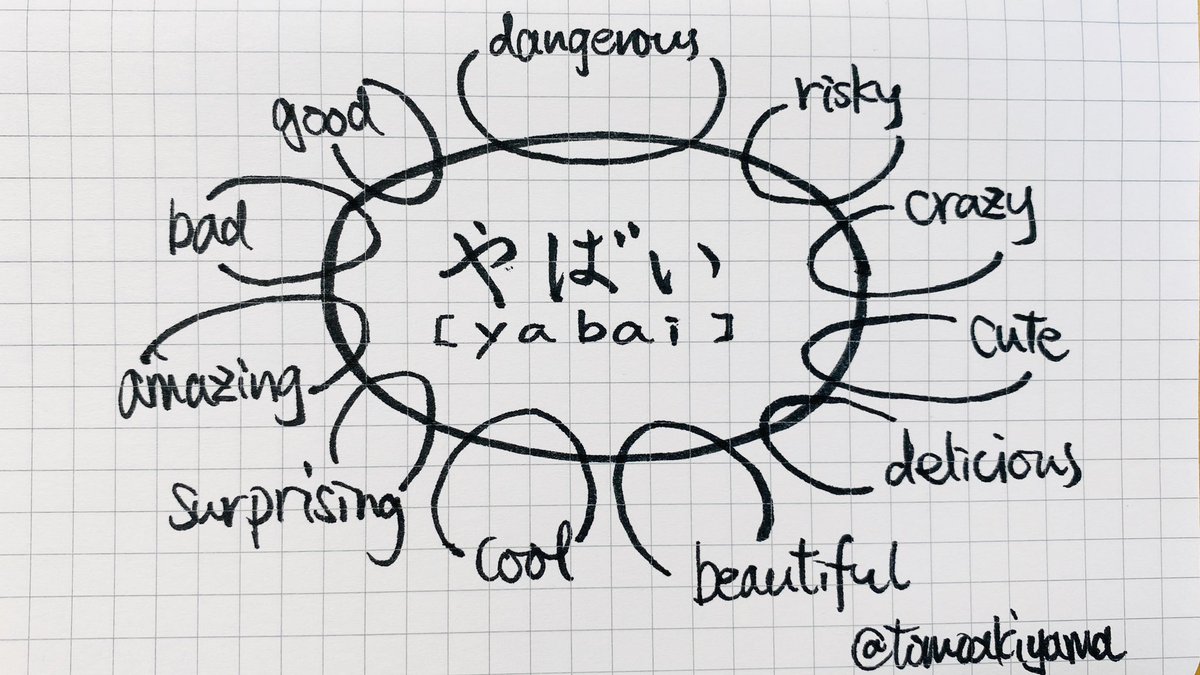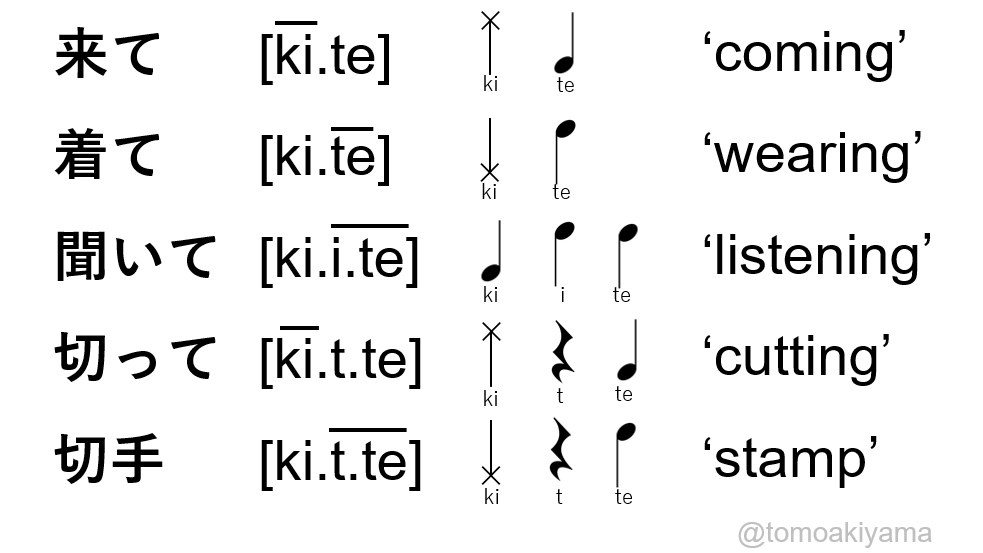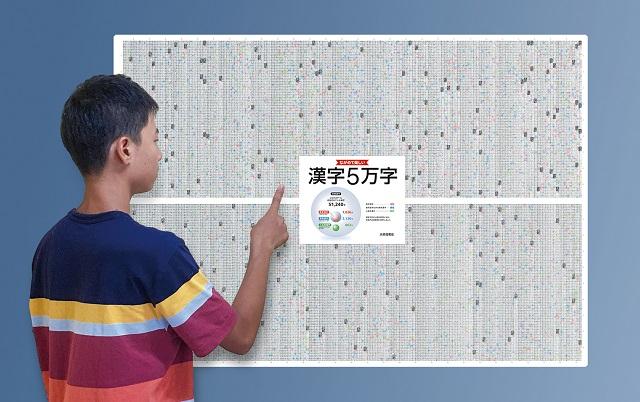1
2
3
4
5
6
Highest-grossing media franchises:
#1 Pokémon 🇯🇵 $92B
#2 Hello Kitty 🇯🇵 $80B
#3 Winnie the Pooh 🇬🇧 $75B
#4 Mickey Mouse 🇺🇸 $70B
#5 Star Wars 🇺🇸 $65B
#6 Anpanman 🇯🇵 $60B
#7 Disney Princess 🇺🇸 $45B
#8 Mario 🇯🇵 $36B
#9 Shōnen Jump 🇯🇵 $34B
titlemax.com/discovery-cent…
7
8
9
ENOUGH with people who go "I love tonKATSU ramen!" unless they tell me where I can get #ramen noodles with deep-fried pork on top
10
Real-life Japanese phone convo w/ word2word translation
👩🏽[moshimoshi? ima doko?] 'hello? now where'
🧑🏻[ima uchi] 'now house'
👩🏽[nani shiteru?] 'what doing?'
🧑🏻[terebi miteru] 'TV watching'
👩🏽[uchi kuru?] 'house come?'
🧑🏻[iiyo nanji?] 'OK what.time?'
👩🏽[ichiji] '1.o'clock'
11
The most visually irritating four-kanji idiom: 已己巳己 [ikomiki] ‘things that are similar and hard to distinguish”
已 (い) ‘already’
己 (こ/き) ‘self’
巳 (み) ‘snake zodiac’
yoji.jitenon.jp/yojib/635.html
12
Again, sing it! You'll understand these #Japanese words don't sound anything like each other. "×" = often devoiced (whispered). Standard Tokyo Japanese.
13
14
15
Japanese words that were butchered by English speakers (←Look who's talking) and not known by many:
soy < 醤油 [shōyu]
tycoon < 大君 [taikuN]
(head) honcho < 班長 [haᴺchō]
skosh < すこし [sukoshi]
rickshaw < 人力車 [jiNrikisha]
ginkgo < 銀杏 [giᴺkyō] twitter.com/JapanIntercult…
16
Some #Japanese teachers and proud learners tend to overemphasize the complexity of kanji, keigo and counters but they are not the essential elements of verbal communication.
17
18
"Learning Japanese" in your Twitter profile:
1⃣日本語学生/日本語の学生 > Common but incorrect! 学生 = full-time student, not "studying." You wouldn't say "Japanese language full-time student."
2⃣日本語を勉強しています。> OK but a full sentence
3⃣日本語勉強中 > Most natural IMO.
19
New useful #Japanese phrase:
コロナが落ち着いたら [korona ga ochitsuitara] ‘After the Corona(virus pandemic) settles down’ > Use this phrase to politely decline someone’s invitation/suggestion.
20
See how swapping が [ga] for は [wa] changes who is about to cry in the 80s hit song:
なぜあなた*が*時計をちらっと見るたび泣きそうな気分になるの? ‘Why do *I* feel like crying every time you glance at the clock?’
なぜあなた*は*時計を... ‘Why do *you* feel like crying...’ twitter.com/SKinsui/status…
21
Acronyms commonly used in Japan but not so much elsewhere:
EC (e-commerce)
SE (systems engineer)
SIer (system integrator)
SNS (social networking service)
BtoB (business-to-business) [not “B2B”]
MTG (meeting)
PJT (project)
PET (polyethylene terephthalate)
TPO (time, place, object)
22
Same origin:
English: donor
┗Old French: doneur
┗Latin: dōnum 'gift'
┗Italic *dōnom
┣Indo-European: *déh₃nom
┏Indo-Iranian: *dáHnam
┏Sanskrit: दान [dā́na] 'donation'
┏Middle Chinese: 旦那 [tanᴴ na] 'patron'
Japanese: 旦那 [daᴺna] 'husband'
23
Align left for #Japanese katakana シ [shi], align top for ツ [tsu]. And their hiragana equivalents し and つ are in fact cursive forms of シ and ツ.
24
#Japanese has 5 words for what you can just call “rice” in English. Just try ordering [ine] at a restaurant!
25
For the kanji-obsessed: Over 50,000 kanji printed on a single poster from the publisher of Japan's biggest kanji dictionary. Out of these, only 2,136 are "official" regular-use characters (jōyō kanji) in Japanese.
kanjicafe.jp/detail/9283.ht… [J]




















